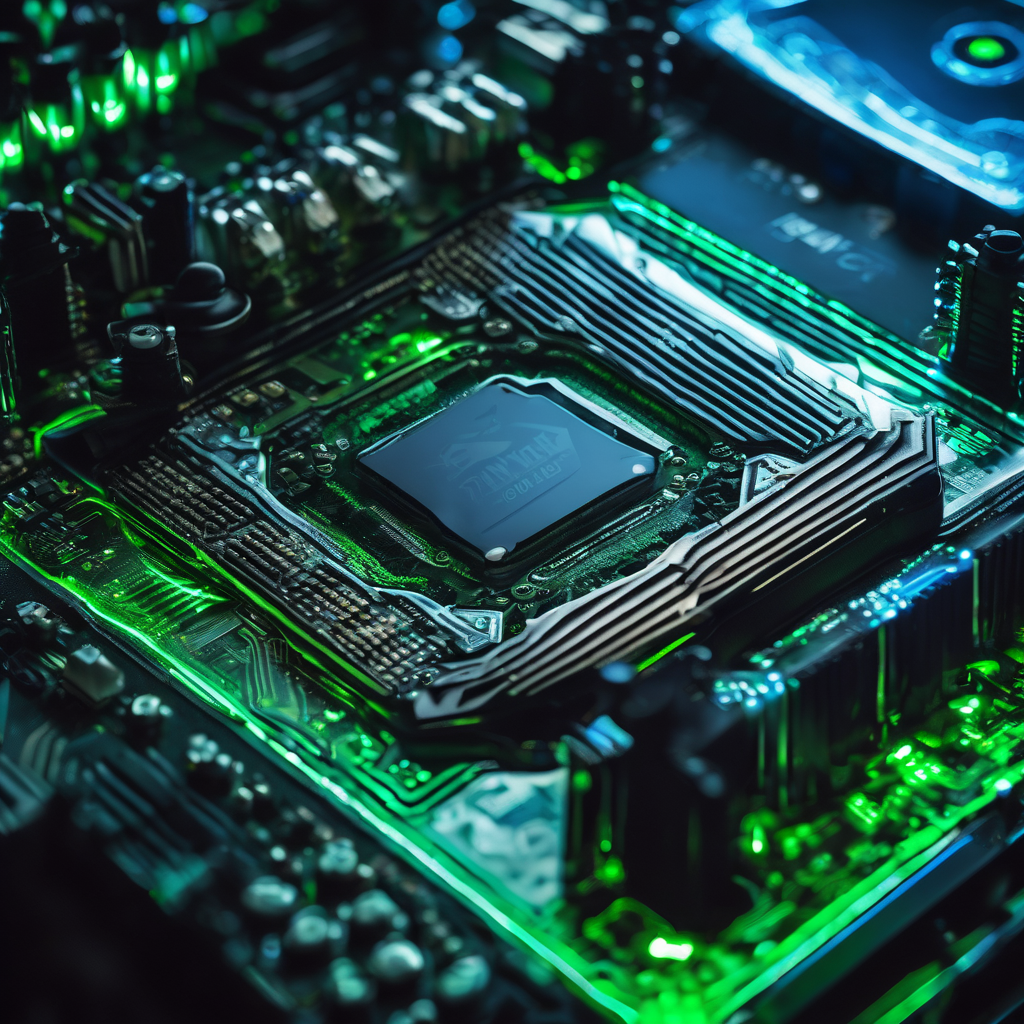
In the field of biomedicine, segmentation involves identifying and marking specific pixels in medical images that are associated with important structures such as organs or cells. Artificial intelligence models can assist clinicians by pinpointing pixels that may indicate the presence of a certain disease or anomaly. However, these models usually provide only one answer, despite the fact that the task of medical image segmentation often involves various interpretations. Even experts may provide different segmentations, with disagreement over the boundaries of a nodule in a lung CT image, for example. To address this issue, researchers from MIT, the Broad Institute of MIT and Harvard, and Massachusetts General Hospital have developed a new AI tool called Tyche. Tyche can generate multiple plausible segmentations for a medical image, each highlighting slightly different areas. Users can specify how many options Tyche provides and select the most appropriate one for their needs. Unlike other methods, Tyche does not require retraining for new segmentation tasks. This makes it more user-friendly for clinicians and researchers in the biomedical field. Tyche can be utilized "out of the box" for tasks such as identifying lesions in a lung X-ray or pinpointing anomalies in a brain MRI. Tyche has the potential to improve diagnoses and aid in biomedical research by drawing attention to potentially significant information that other AI tools might overlook.
The system captures ambiguity, which has been a relatively unexplored area. By providing multiple segmentations, Tyche acknowledges uncertainty in medical images, which can influence decision-making. The researchers modified a neural network architecture to build Tyche. Users need to provide a few examples of the segmentation task to train the model. The researchers found that as few as 16 example images are sufficient for Tyche to make accurate predictions. The model outputs multiple candidate segmentations by adjusting the network's layers, allowing them to interact with each other and the examples in the training set. When tested on datasets of annotated medical images, Tyche's predictions captured the diversity seen in human annotators, and its best predictions outperformed those of baseline models. Tyche also demonstrated faster performance compared to most models. The researchers plan to explore the use of a more flexible context set and investigate methods to improve Tyche's worst predictions. They also aim to enhance the system so that it can recommend the best segmentation candidates. This research is supported by funding from the National Institutes of Health, the Eric and Wendy Schmidt Center at the Broad Institute of MIT and Harvard, and Quanta Computer.
None


Nvidia has introduced its newest AI chipset, set to become a fundamental component of next-generation gaming consoles.

Erklärung zur Barrierefreiheit Navigation überspringen SkyReels integriert führende multimodale KI-Modelle wie Google VEO 3

Anywhere Real Estate wrapped up a news-filled year with a brief third-quarter earnings report that showcased strong momentum and developments in artificial intelligence, as it prepares for its future integration with Compass.

AI Overviews are the latest SEO buzz, with being cited in these summaries on Google considered a key measure of SEO success.

Vista Social has introduced a significant advancement in social media management by integrating ChatGPT technology into its platform, becoming the first tool to incorporate OpenAI’s advanced conversational AI.

In today’s video, I cover recent developments impacting Astera Labs (ALAB 3.17%), Super Micro Computer (SMCI 4.93%), and various other AI-related stocks.

Palantir Technologies Inc.
Launch your AI-powered team to automate Marketing, Sales & Growth

and get clients on autopilot — from social media and search engines. No ads needed
Begin getting your first leads today